Today (High 69): Partly to mostly cloudy, a little breezy at times. Widely scattered showers are possible throughout the day.
Thursday (High 80, Low 54): Partly to mostly sunny. Breezy.
Friday (High 81, Low 62): Quite breezy with increasing clouds and isolated showers and thunderstorms possible during the day. Thunderstorms are likely late at night, and some of those may become severe.
Saturday (High 79, Low 61): Mostly sunny.
Sunday (High 76, Low 50): Partly cloudy with a 30% chance of showers and thunderstorms.
Monday (High 73, Low 59): Thunderstorms likely.
Tuesday (High 67, Low 53): Mostly sunny with a 20% chance of lingering showers.
At 11:15 PM it is mostly clear tonight in Cullman, but we do have a few clouds, bringing the visibility down to 8 miles for now. The temperature is 54 degrees. The dewpoint is 30, making the relative humidity 41%. Winds are from the South at 9 miles per hour, gusting to 16 mph at times. The barometric pressure is 30.25 inches and holding steady. It was breezy with partly to mostly sunny skies overall today, a High of 63 and a Low of 30. Jasper saw a High of 64 and a Low of 28 today. Haleyville saw a High of 61 and a Low of 29.
And we actually have some showers moving through the region now. Looks like it is one of those cases where I owe the American GFS model an apology for my usual flippancy about its output. Looks like it picked up on this rain a couple days ago before any other models were very much. Though I think the timing was more for Wednesday. This time of year is very active, as most of us know. We just got through the Spring equinox, so whether you go by meteorology or astronomy now, it is springtime.
Our upper-level wind flow is more-or-less zonal from the West for now, and I think I made a mistake the other day in emphasizing the southwesterly component to the 500 millibar winds. Was reading back over that. They won't really turn to the Southwest in any meaningful way until the next day or two, ahead of our next storm system Friday.
So we've got rain going on through a lot of the Ohio River Valley and Midwest. Got some thunderstorms in the mix for mainly Missouri, Eastern Arkansas, Western Tennessee, Northern Mississippi. They've got snow back in the Rockies and points West, also up in the Dakotas and the Great Lakes region. Things are pretty active over most the country. Even the Desert Southwest is having some rain.
The main frontal system is going to move into our region over the next three days. But like a lot of times, especially this time of year, it is not all cut-and-dried. Our weather will be bit of a mix of things. So let's get into details after looking at those broad brushstrokes.
Tomorrow will feature some rain chances after all. And as mentioned above, some of it arrived early tonight. The GFS picked up on this a couple days ago, or could have been more like three days ago. I remember dismissing it as a wild goose chase, and I have to remember, that model did finally get an upgrade in recent years. Need to start showing it more respect. It used to really come up with some doosies from time to time. One forecaster told me that even though it technically stood for Global Forecast System, some of them came up with other nicknames for it when it messed up their forecasts. And I came to agree with that over a long period of time. I've noticed some improvement after the upgrade.
Looks like the rain today will be (Wednesday I mean, we are after midnight now, I can be slow at putting these things together sometimes) widely scattered and that we'll be partly to mostly cloudy, light to moderate winds, not as breezy as Tuesday probably. Winds from the South. High getting up to about 68 or 69.
By Thursday it looks like we'll be dry again, this initial trough will have done its thing, and we'll be warming up ahead of Friday's system. Which will affect the Great Plains on Thursday, bringing a chance of severe weather, and more of a risk for some flash flooding issues up into parts of the Midwest and Ohio Valley.
We'll see a High near 80, Low about 53 or 54. We'll have a pretty good southerly breeze again. Should see more sunshine than clouds overall.
Then on Friday is when it gets interesting. Synoptically this looks like a fairly impressive setup for some organized severe weather potential. But of course it is the mesoscale features that will determine the details. We're just getting into the window where we can start to look at those, over the next day. But the position of this front and Low pressure system are favorable for severe storms around here.
Now the GFS has started to show the Low going well up into the Midwest, maybe even the Great Lakes region. And this has started to look more like a late Friday night event too, by all models. This position of the Low would lessen our severe weather threat some with better wind fields and forcing staying to our North.
It is showing the same basic ideas, but is a little more conservative than the NAM. And this is typical, another model bias. A lot of times when the NAM looks a little too aggressive in warning of danger, I'll go to the SREF, the in-house model for the Storm Prediction Center, to see if it is quite as alarming. And usually it doesn't show things looking quite as bad. Neither one of them shows a really big severe weather threat here, but they are both showing some. The SREF sells it a little calmer, but the output is not that much different. Which makes me more confident in believing it.
Especially considering that the GFS and ECMWF agree on bringing the Low further to our North than the NAM is showing. This looks like a situation where things may be out of phase, out of sync, to bring together a full-blown severe weather outbreak.
The CAPE values are staying below 500 joules on the SREF data. And the helicity at the lowest level of the atmosphere is about 200 units or greater. That is weak instability, maybe not enough to work with, which would fit with this coming through at night and being mainly a big squall line of storms (rather than a lot of supercells getting going ahead of a line). That is strong wind shear though, and the kind that would particularly favor tornadoes developing if the other ingredients were coming together right. So again, I am humbled from some of the stuff I said the other day. I thought the wind shear would decide this, but now it looks like due to the timing and a few nitpicky factors, the instability may be what is lacking to make this a more significant severe weather event.
This looks most likely to be an overnight thing, mainly between Midnight and Daybreak on Saturday actually, where we'll have a squall line of severe thunderstorms moving through. The main threat is just thunderstorms with strong enough winds to be considered severe (that's 50 knots or more - at least 58 mph). Probably will not be every storm in the line, but some of them may go severe. Could also have some hail, but with such weak instability, that threat is pretty low, for any really large hail. And even though the chance is looking on the lower end, there is some chance of isolated tornadoes along this line or embedded within the line. And remember, we are getting into the core of our usual tornado season. This looks more like something we'd see in November or one of our cold-season severe events, but this time of year, it can pay to play it safe rather than sorry. Especially because any time something is coming during the dark hours, it is more dangerous. The idea of weather radio has still not caught on all that much, and a lot of people don't like waking up at 3 AM for something like a flash flood warning (that includes me). So a lot of people are not aware of severe storms that happen at night, or a lot of times, they just don't care, thinking it'll never hit them.
Some of the analog events that were showing up over the last few days, similar setups in the past, were fairly significant outbreaks of severe weather, if not for our region, at least for places close to us, like more in the Mississippi into Ohio Valley. One that has kept showing up a lot as an analog was the Super Tuesday outbreak of 2008. That happened in February. We only got grazed by it in the Tennessee Valley, but we still had two F-4 tornadoes that night. I believe one was in Northeast Alabama, way ahead of where the main action was expected to be. Now these parameters do not support that sort of an event. And most of the analogs show a more general or low-end severe wind/isolated tornado threat event. But I do pay attention when things like that show up. It is a reminder that if one or two ingredients change just a little bit, those mesoscale features, then the severe weather threat can be enhanced. Right now it is looking more likely that this will be a routine or even lower-end severe weather threat. It seems like we've had a lot of these dicey/borderline setups lately, even after getting into the month of March. A lot of times the Spring events are more clear-cut.
Or maybe that's selective memory on my part. There are so many severe weather threats in the spring season, many of which do not play out, or don't do as much as expected. Maybe we should be grateful for these more messy setups, because a lot of times, the ones that are easier to predict end up doing a lot more damage and upheaval in people's lives.
For now I'm going to post the most recent SPC outlook which has trimmed back the basic 15% severe thunderstorm outlook to mainly Northwest Alabama. A couple days ago, they had all of the Tennessee Valley included. And I suspect in another hour, when the new Day 3 Outlook comes out, they'll have all of us included again. The local Birmingham office does their own outlooks, as several local offices do across the country. And they've gone ahead and included all counties from West to East in a severe weather risk. I agree with that.
So this outlook is really outdated, but it'll probably be another hour (it's 1:35 AM now) before they issue the new one. This is what we've got for now. Just be aware that there will probably be a basic or at least low-end risk for severe storms over all of North Alabama and Southern Middle Tennessee by the next outlook. If any area ends up being enhanced, I'd expect it to include North and Central Mississippi. Looking at some of the forecast soundings there, it was more unstable and more favorable for tornadoes to develop. Most likely we will see that basic 15% risk. If you see a "slight" level 2 out of 5 risk, same thing. The jargon confuses the general public sometimes. If you do get confused, pay attention to the percentages, and you can use common sense from there and figure it out.
Saturday after we get some daylight, looks like this will clear out pretty quickly. Does not look like temperatures cool down much behind this front though, Low near 60 again, High in upper 70's, maybe not quite making 80 again despite mostly sunny skies. It'll probably be a breezy day as it usually is behind a front.
By the way, one reason I slow-poked my way through gathering data and writing all this up, so much rambling, is that I was hoping I could time it right to get the new SPC outlook for Friday/Friday night before I was done. I misjudged the timing. I'm still thinking like we're on standard time. I guess I'll post that separately or as a footnote at the bottom of this post later.
Warm front will start to move northeast back through the area on Sunday. Looks like a High in 70's, Low near 50, rain during day probably staying scattered, and then becoming likely Sunday night into Monday.
Monday may get stormy again. Looks like a High in lower 70's and Low in upper 50's. Usually it is best to take these severe thunderstorm potentials one at a time. The atmosphere after the first one can affect how the next one sets up. But it won't hurt to take a peek.
Right now the GFS guidance makes it look like a marginal threat, and another overnight one in the wee hours of Monday morning. Interesting.
Take that with a grain of salt. It's so far out, and with another storm system we haven't gotten out of the way yet, this is only speculating for fun.
And you do have to keep an eye on every system this time of the year.
Then next Tuesday, we might have a lingering shower or two, but for the most part I think skies will be clearing. Probably see a High in upper 60's and Low of 50 or so.
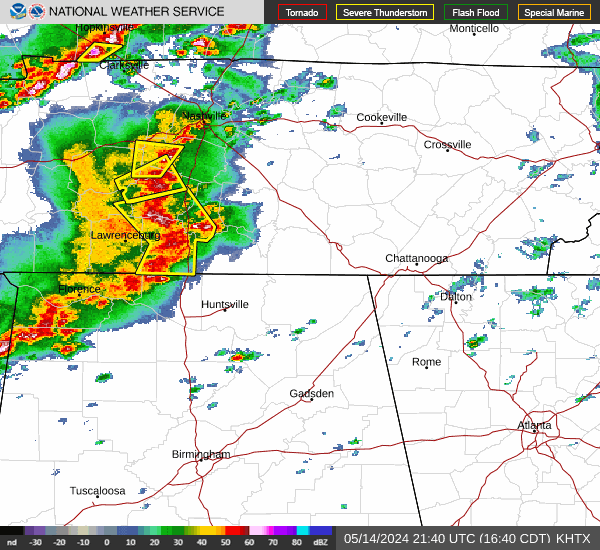
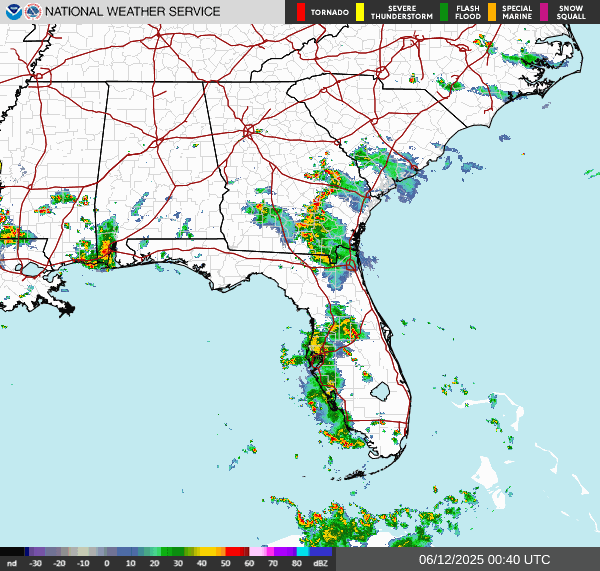





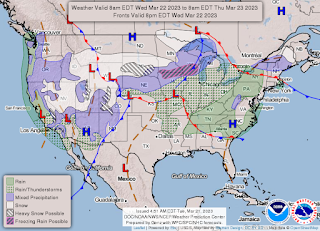





















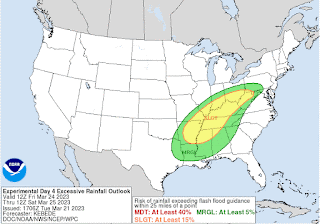


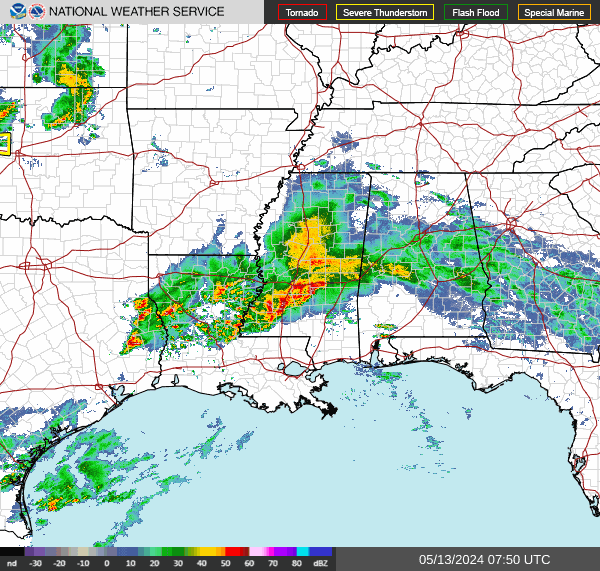
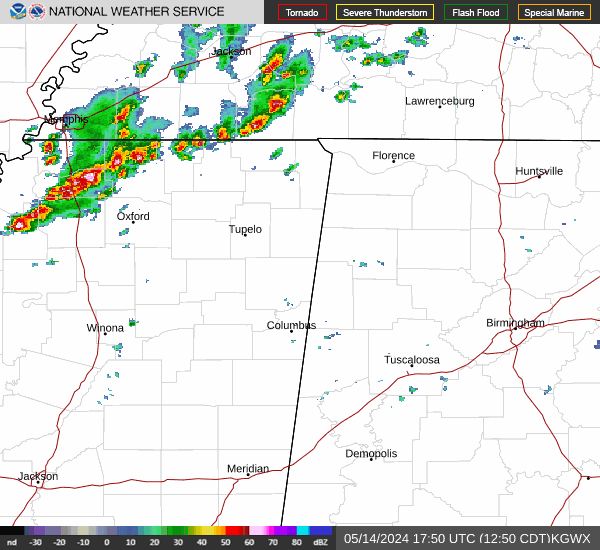
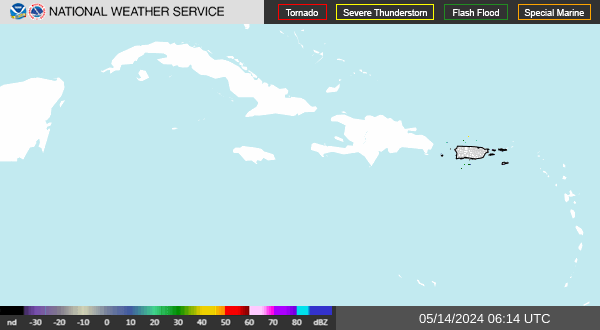



No comments:
Post a Comment